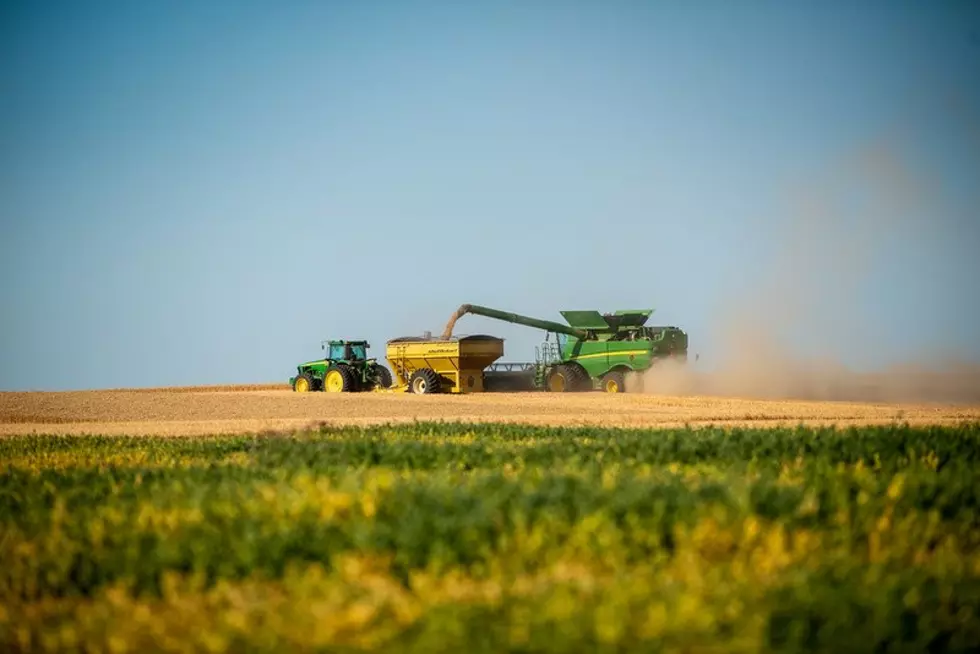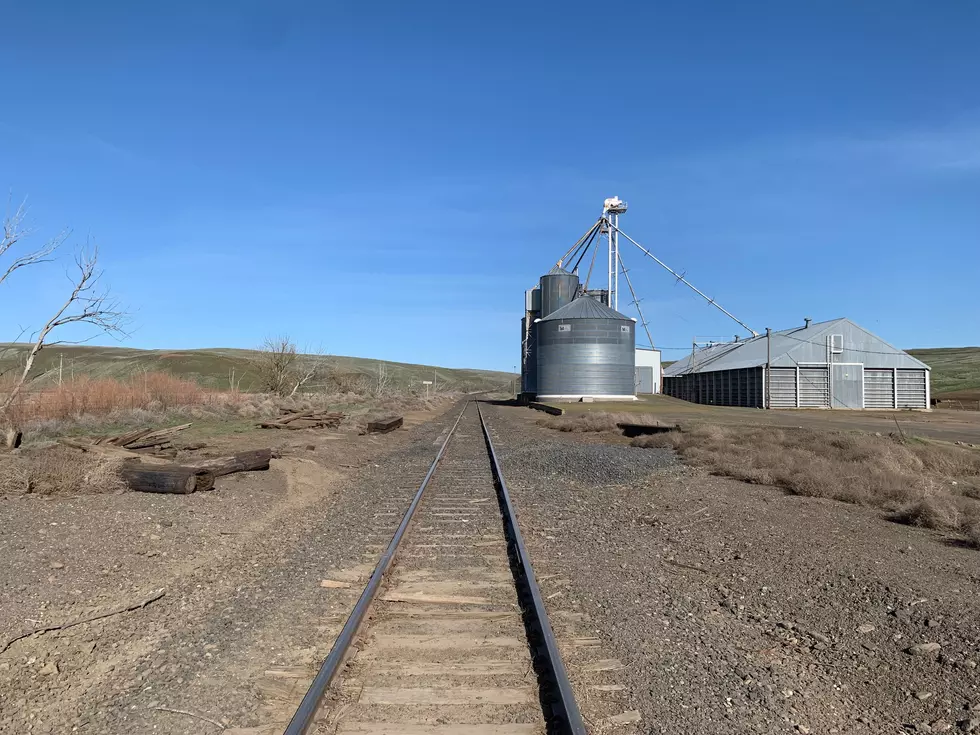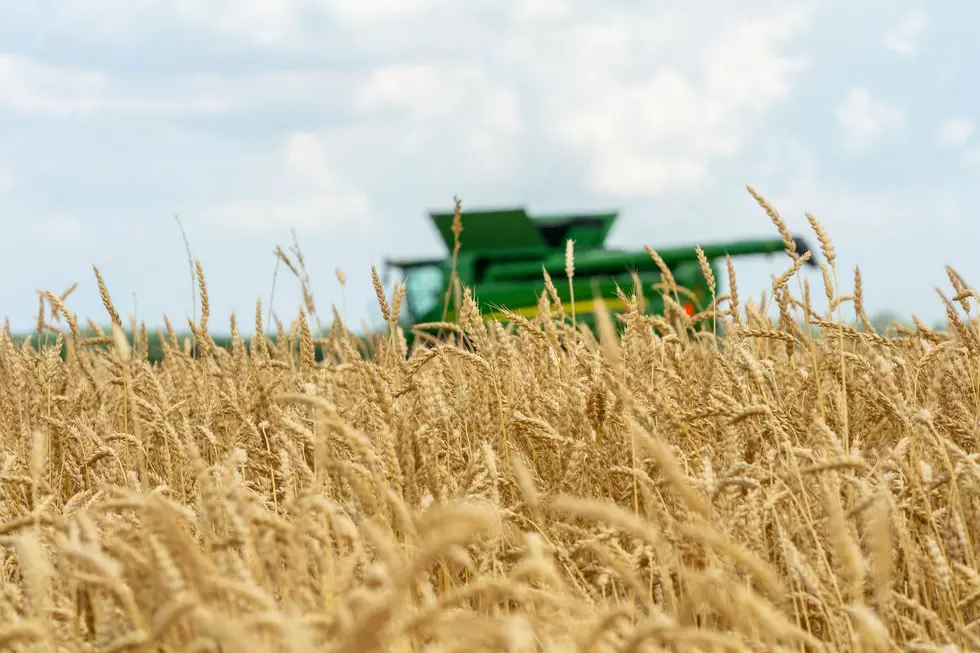
Montana State Professor Writes Book Focused On The History of Wheat
Montana State University Ecology Professor Cathy Zabinski recently penned "Amber Waves: The Extraordinary Biography of Wheat, from Wild Grass to Megacrop" as a way to share one of agriculture's more fascinating stories. Zabinski said one question the book asks is, 'How do we continue to meet the demands of food production for a growing population?'
"Our species has had a relationship with wheat for long over 10,000 years. Looking back on where we've come from is a good basis for thinking about where we're going in the future."
She noted an example of how wheat started our history in agriculture is perhaps best seen in the genetics of the wheat stem's rachis, which is brittle in mature wild wheat. In the wild, it doesn't do the plant any good if the seed is at the top of the stem and not on the soil to germinate, but for humans it can be really challenging to pick up seeds off the soil.
"So they were far more likely to harvest the seeds that were still attached to the plants. Those were the seeds that got planted. One of the first traits we see as an indication of humans using these wild wheat seeds as a food source is this shift to seeds staying attached to the plants."
Zabinski added that perhaps the most interesting thing she discovered in researching "Amber Waves" was the tight link between our own history and food production, as food can be used as a weapon of war, as a means of peace, or as an element of political stability. She also noted that one of the more challenging aspects when it came to writing the book, was separating relevant from irrelevant information, which she said does not occur much in the scientific community.
If you have a story idea for the PNW Ag Network, call (509) 547-1618, or e-mail gvaagen@cherrycreekmedia.com
More From PNW Ag Network









